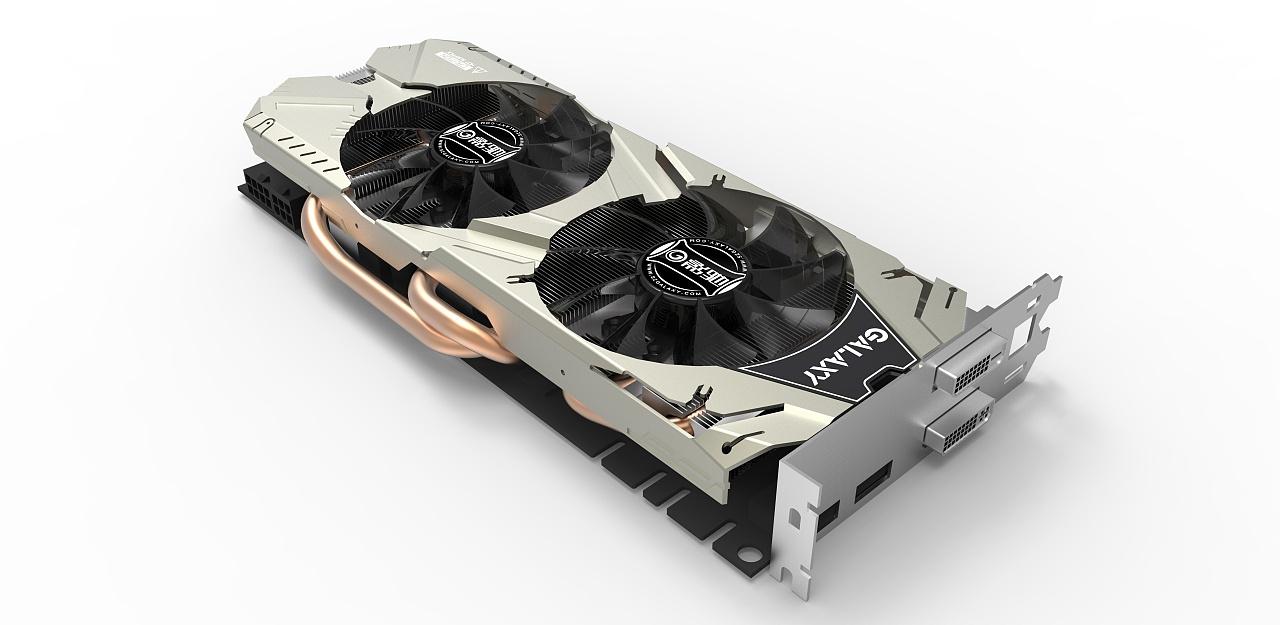Graphics cards are not the most critical part of your PC and nor are they the most expensive part. They are, however, an integral part of a computer system, whether you realize it or not. The type of graphics card you have can determine the graphics you see and the action that takes place on your monitor. Whether you play a role-playing game or are watching a movie with your friends, you will want to make sure that your graphics card can handle the action. If you are a serious PC gamer, or an avid content creator who dies and lives by the flashy speed of your graphics accelerated software, your card is the heartbeat that drives what you do. So, whether you play games on a top of the line computer or are playing a game of World of Warcraft, knowing which cards to get will make all the difference in the world.

You may not even realize it but your PC is governed by two main components - the microprocessor and the central processing unit (CPU). One of the most critical parts of the CPU is the motherboard. The motherboard is what connects your computer's central processing unit and your graphics card. When purchasing a motherboard, you must be aware of all of your options as far as slots and expansion cards are concerned. Your motherboard is probably the most important component in your computer as it governs the overall state of performance.
If you connect your monitors to your computer's CPU, there are basically two options - you can use a regular DVI or an HDMI port. A DVI connection is fine for connecting a single monitor, but if you like to dual-link your monitors, then you should get an HDMI connection. These days, though, many people are opting for the more modern, higher performance, HDMI ports for their graphics cards and monitors. Why?
First of all, an HDMI port is able to support full HD resolutions and is backwards compatible with all of the major brands of high-definition televisions. This includes Samsung, Philips, LG, Panasonic, Vizio, Sony etc. Furthermore, it provides a super resolution (8ms per frame) which allows your computer to output video signals at a sharp, crisp, clear display.
When purchasing a graphics card for use with your new flat panel monitor, you will first need to decide whether you want a simple PCI or an HDMI port. If you opt for a PCI card, you will have greater control over how your video is displayed. There are many available designs in the market today with different numbers of inputs and outputs including up to two, four, eight, or even sixteen USB ports. If you have a desktop computer, then chances are that you will already have one or two connected to your graphics card through a PCI Express port. However, if you choose to buy a PCI-E card, you will need an outlet in order to convert it to HDMI.
If you are going to use a PCI-E card, then you will be happy to know that many of them will support high refresh rates. Unfortunately, this means that they only allow you to display a certain number of lines at a time. If you are interested in using your graphics card for a gaming application, then this is not going to be necessary. However, it is important to keep this fact in mind when shopping for cards since there are plenty of cards that will still offer you full HD resolution and high refresh rates. It is always best to read a detailed spec sheet on any card that you are interested in purchasing. This will give you a good idea of what features are included on a particular model and what other features you should look for.
In addition to an HDMI port and a standard PCI-E slot, you will also be able to purchase a custom video card with either a PCI Express slot or six-pin / eight-pin connectors. Some manufacturers, such as Sapphire, for example, have actually included two different types of slots on their cards. This is an excellent option if you want to mix and match different types of devices. You can purchase the six-pin connector for notebooks while the eight-pin connector will work great for notebooks that have both a laptop and desktop type of processor. You can even purchase a graphics card with a PCI Express slot and then connect up multiple devices using standard ports.
Lastly, before you buy any video cards, make sure that you do your homework. Compare the prices of a few different models, so that you will end up getting the most beneficial deal possible. The prices of high-end graphics cards vary considerably from one company to the next, so you may need to look around a little bit to get the best deal.











